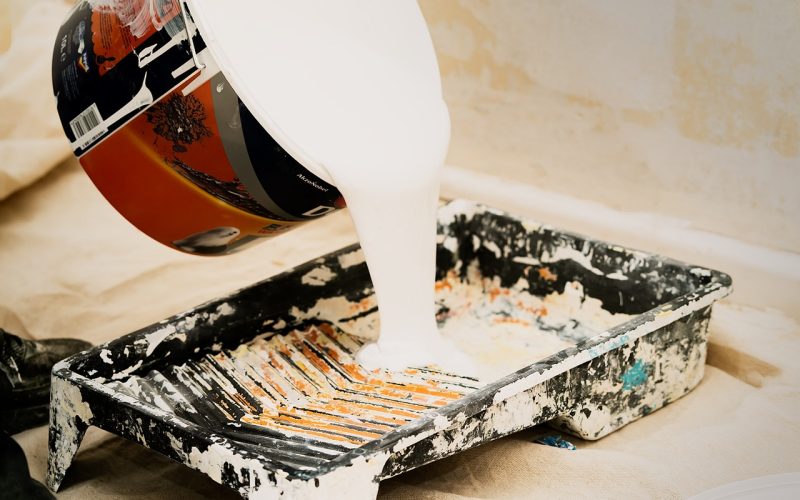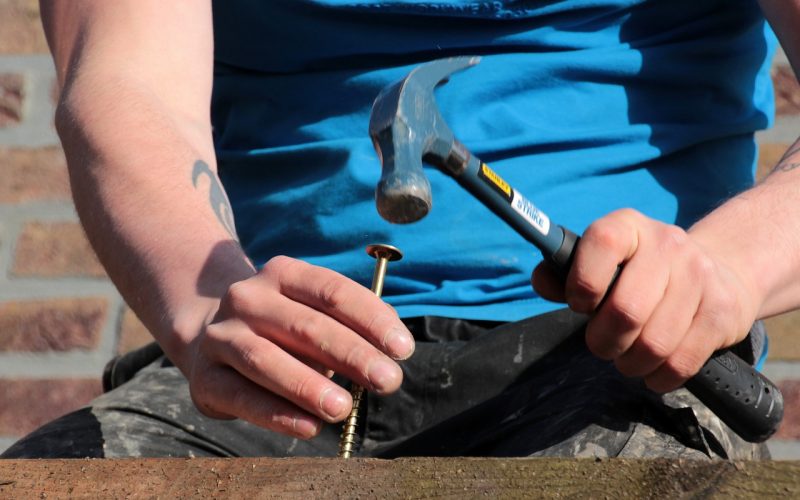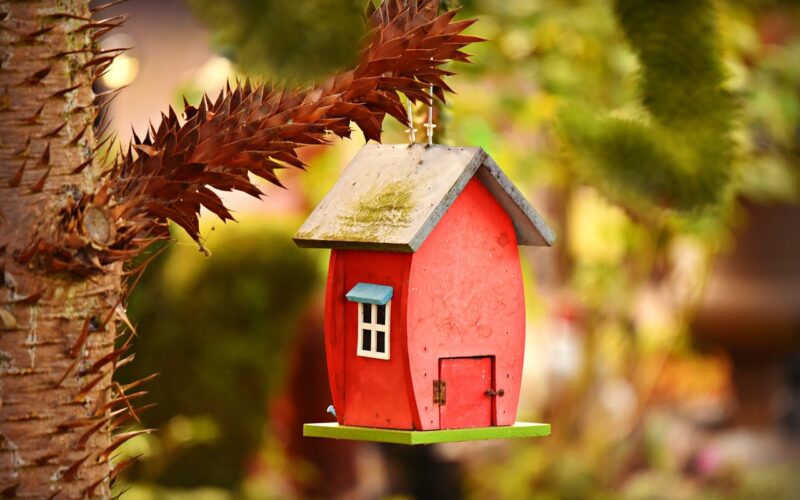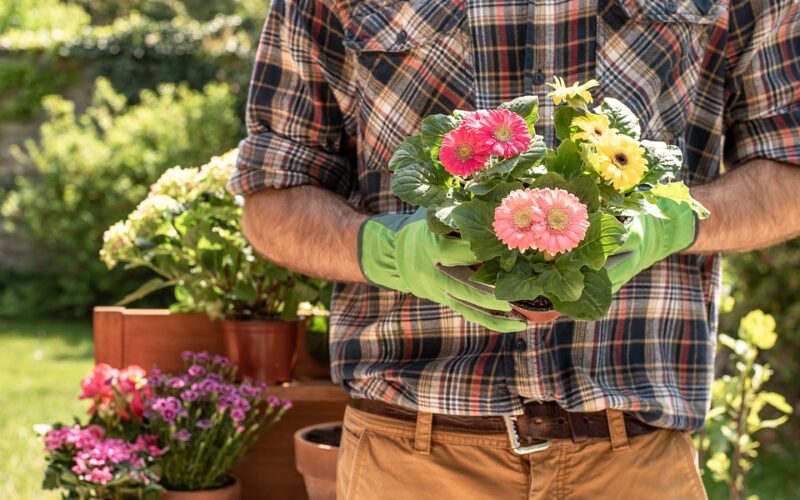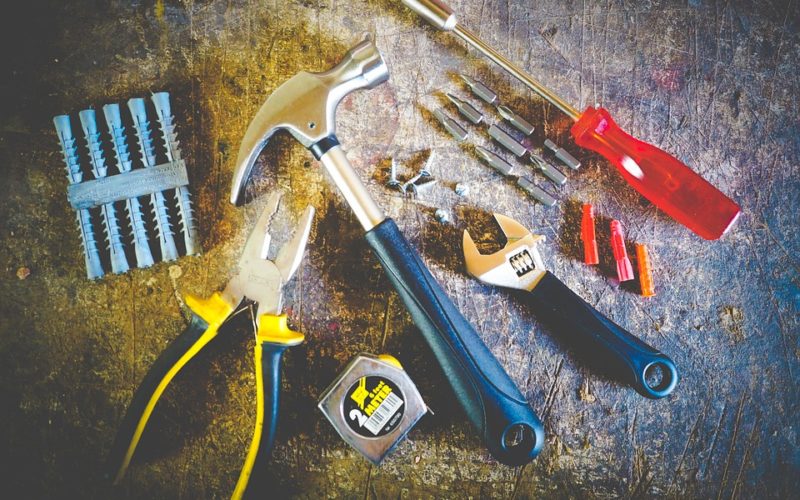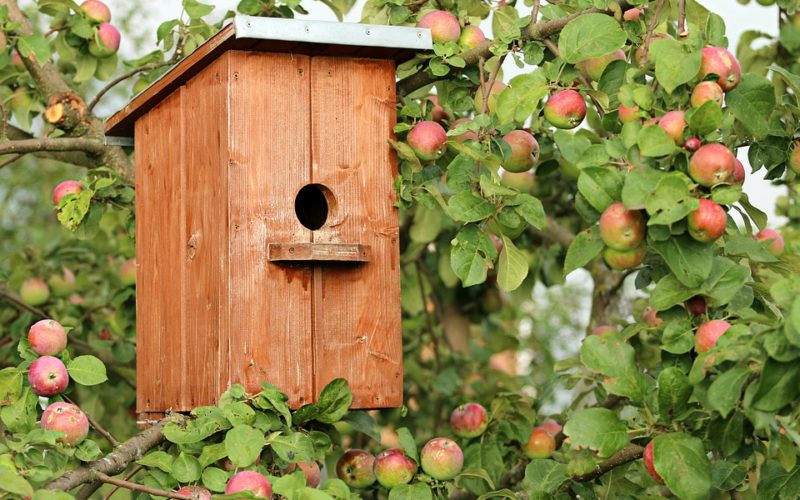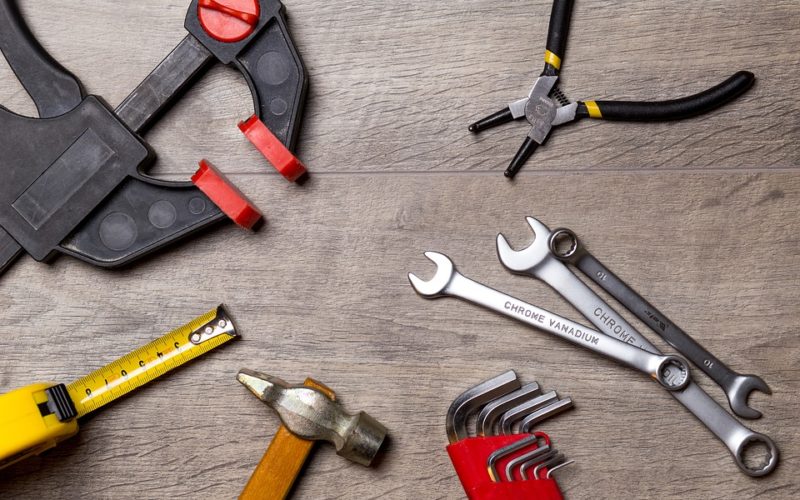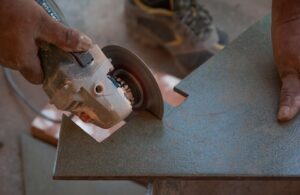The do-it-yourself (DIY) trend has become more than just an economical way to make home improvements; it’s blossomed into a creative outlet that can be shared with the whole family. Getting kids involved in DIY not only helps to instil a sense of pride and achievement but also teaches practical skills, creativity, and problem-solving. Below are strategies you can employ to introduce your little ones to the fulfilling world of DIY.
Start with simple projects
Begin your DIY adventure with your kids by selecting projects that are age-appropriate and straightforward. The key is to pick tasks that are not overly complex or time-consuming, ensuring they maintain interest throughout the project. This might include making paper plate masks, building a birdhouse from a kit, or decorating a picture frame. The aim is to give them a taste of success early on, which will encourage them to take on more challenging projects as they grow.
Make it a learning experience
Every DIY project, no matter how small, harbours an opportunity for learning. Engage your kids in a discussion about the tools and materials you're using and the processes involved. For example, when creating a simple garden plot, children can learn about the types of soil, plant biology, and the importance of sunlight and water for growth. Turning DIY into an educational opportunity ignites curiosity and turns abstract concepts from school into tangible, real-world applications.
Incorporate technology
In a world where technology reigns, incorporating it into your DIY projects can make them more appealing to kids. There are numerous apps and online tutorials aimed at young DIYers that can spark their interest. Whether it's using a simple design tool to plan out a vegetable garden or watching instructional videos to build a homemade kite, technology can provide assistance and inspiration for a wide range of DIY activities.
Prioritise safety
Safety is paramount when it comes to DIY with kids. Before starting any project, explain the importance of safety equipment like goggles, gloves, or aprons, and demonstrate how each tool should be used correctly and safely. Start with activities that don’t require sharp tools or complex machinery and always supervise closely when these tools are necessary. By making safety a non-negotiable aspect of DIY, you'll foster a respect for the tools and materials that bring their creative ideas to life.
Encourage their creativity
Allow your children the liberty to customise their DIY projects to reflect their personalities and interests. Offer a selection of paints, stickers, fabrics or other embellishments for them to choose from. When a child can express themselves through their creations, the DIY experience becomes more personal and engaging. It’s important to celebrate their creative decisions and encourage them to think outside the box, which reinforces confidence in their abilities.
Bring DIY into everyday life
Finally, find ways to incorporate DIY into regular family activities. Home repairs, gardening, or even cooking can become shared DIY opportunities. Allow your child to assist in fixing a loose doorknob or measuring ingredients for a recipe. These everyday moments are perfect for teaching practical life skills and showing kids the value of self-sufficiency. Plus, working side by side on tasks builds teamwork and communication skills, while also creating lasting family memories.
Getting your kids involved in DIY can be a fun and rewarding process. It’s all about laying down the proper foundation: starting with accessible projects, blending learning with hands-on application, safely using tools, nurturing creativity, and integrating DIY into daily routines. With patience and enthusiasm, you'll soon have a budding DIY enthusiast eager to tackle their next creative challenge.


